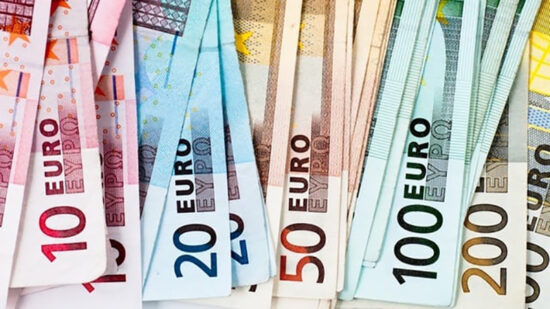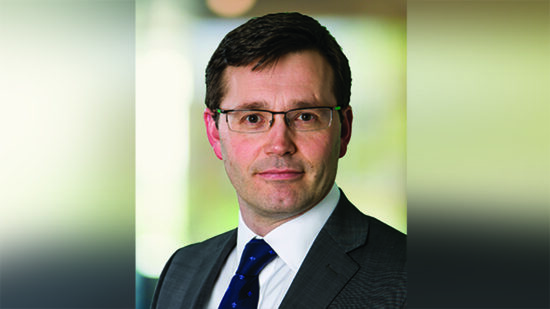With providers launching a new product nearly every week, how do multi-managers maximise the potential offered by ETF products in their portfolios?
Asset classes
Every ETF provider offers a different balance between assets, some focusing on equities and others on the fixed income space. According to ETFGI, investors continued to show a strong preference for equity allocations in April, as was the case in March.
“Equity markets were again choppy in April – the S&P 500 closed at an all-time high on 2 April but ended the month up less than 1%. Outside the US, developed markets improved slightly, European equities continued to strengthen, while emerging markets remained flat for the month,” according to Deborah Fuhr, managing partner at ETFGI.
But equities are only part of the story. ETF provider Source has seen increasing inflows in fixed income ETF products.
“While historically the ETF market has been more about equities, we see interest in fixed income rising in 2014,” chief development officer at Source, Michael John Lyttle, said.
Other trends include investors’ interest in currency-hedged and emerging market products.
“Currency hedged equity ETFs offer investors the opportunity to buy into the underlying equity market cleanly without major risks. It’s a product for investors who believe the market is rising but don’t want to play roulette with currency risks,” head of ETF sales UK at UBS Global Asset Management, Andrew Walsh, said.
He also pointed towards emerging markets, which saw a decline until recently, when investors started upping exposure to this sector by utilising ETFs.
Multi-manager perspective
Traditionally multi-managers have been more reluctant towards ETFs and biased towards actively managed funds. However ETF innovation is constantly evolving setting new standards.
“We still prefer active fund managers but I suspect we will increase our ETF exposure,” Lee Robertson, chief executive at Investment Quorum, said.
“ETFs have evolved a great deal, from being merely trackers to beating the index.”
While around a quarter of the portfolio is in passives, he likes ETFs for their liquidity, transparency, low cost and ability to target a specific asset class quickly, such as a commodity.
“We’re fairly consistent in ETFs. We believe in a blend of both active fund managers who deliver alpha along with passives. It will be interesting to see where innovation in smart beta will lead,” Robertson said.
Mona Shah, who co-manages the Rathbones multi asset Enhanced Growth Portfolio and Total Return Portfolio with David Coombs, has recently gone back into the ETF space after exiting all passive holdings at the end of last year.
“In April we bought into the iShares FTSE 100 UCITS ETF, adding exposure to the Total Return Fund and Strategic Growth Fund. But the percentage is sub 1% as we still prefer active managers.”
The move was a “tactical opportunity” for Shah, who said that the main reasons for gaining ETF exposure was a combination of weak GDP data from the US and lagging markets.
How to play it
Interest in ETFs is clearly growing as the products evolve and become more sophisticated to the point of beating the benchmark. Multi-managers still prefer active fund managers over passive strategies, but do use ETFs as part of their portfolio balance. As tools, ETFs offer tactical, low-cost exposure and hedge currency risk, and are likely to offer even more innovative solutions in the future.






